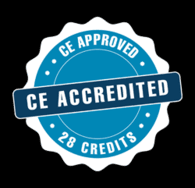Recommended Global Medical Webinars & Conferences
Europe & UK
Asia Pacific & Middle East
Canada
TRANSLATIONALMEDICINE 2026
To Collaborate Scientific Professionals around the World
Conference Date April 20-21, 2026
For Sponsors & Exhibitors
Speaker Opportunity
Useful Links
Supported By
All accepted abstracts will be published in respective Conference Series International Journals.
Abstracts will be provided with Digital Object Identifier by



